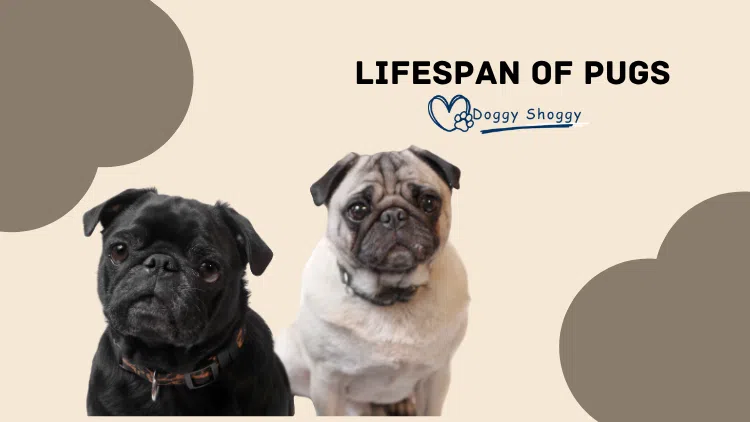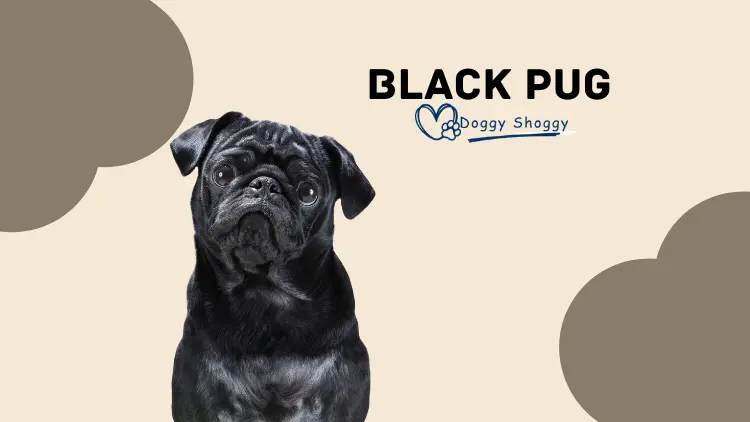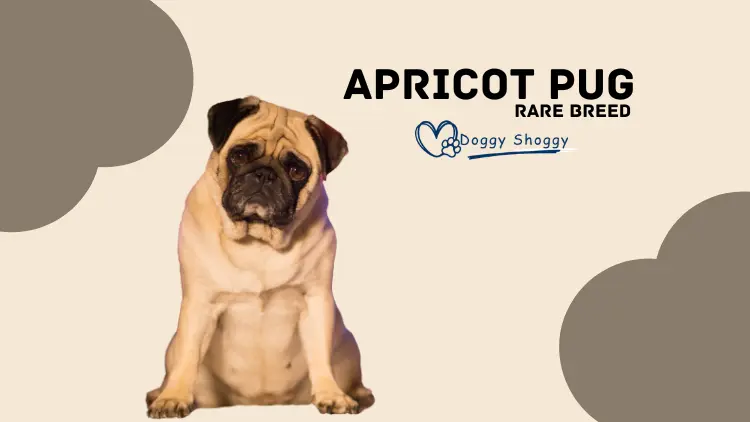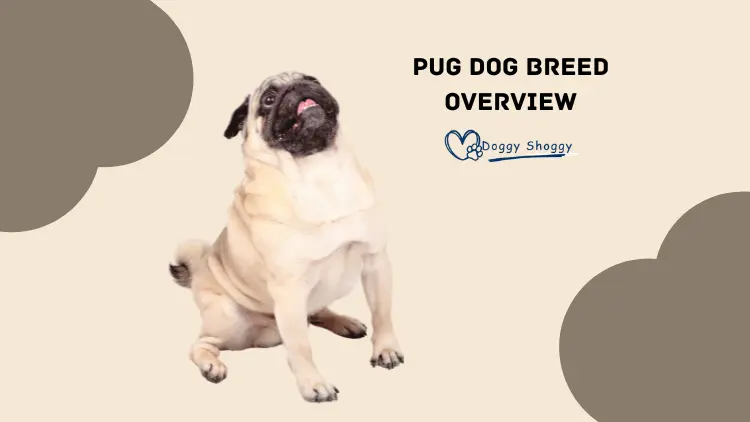White Pug
The White Pug is a cute dog with a creamy coat and cute wrinkles. It’s small but full of charm and makes a great friend. People love its big eyes and how cuddly it is. Whether it’s relaxing inside or having fun outside, the Pug is always friendly and loyal. They’re known for being playful and gentle, so they’re great for families and people of all ages. Pugs are loved by many because they’re so adorable and loving.
Table of Contents
Appearance of White Pugs
White Pugs are a special kind of Pug dog. They have a soft, creamy white fur that feels nice when you touch it. Sometimes they have black or gray spots around their ears and eyes.
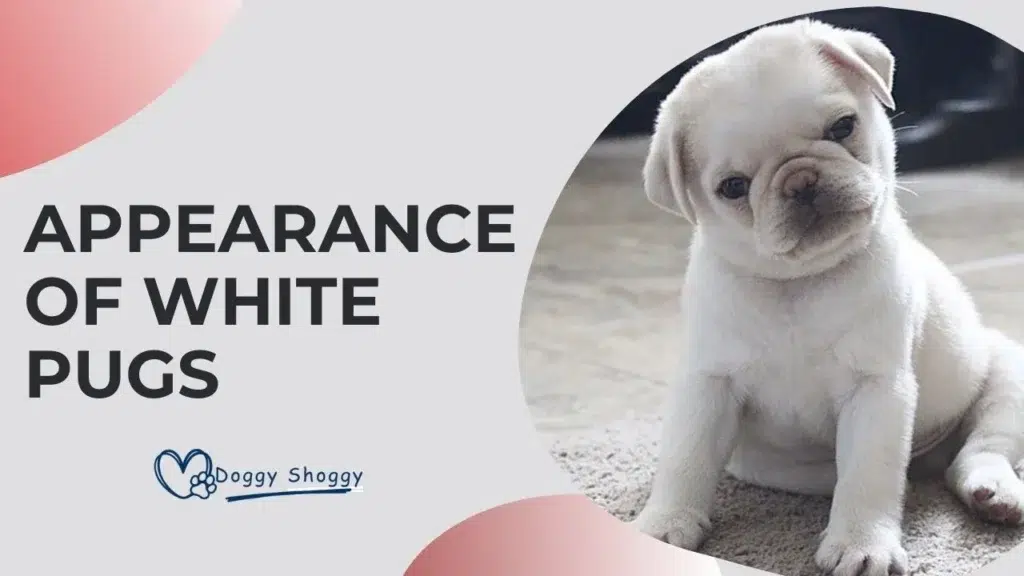
These little pals usually weigh around 14 to 18 pounds and are about 10 to 13 inches tall. Even though they’re small, Pugs are strong and have a sturdy body shape. Their cute wrinkly faces and big, lively eyes make them super charming and hard to resist.
Unique Coat Color
Pugs stand out because of their coat color. Unlike most Pugs that have fawn (light brown) or black fur, Pugs have a less common but charming white fur. Their light-colored fur makes them look special and different from other Pugs. People often admire and notice them because of how pure and bright their white fur is.
Distinctive Facial Features
Pugs have special faces that make them cute. They have short noses, wrinkly foreheads, and big, round eyes that make them look super sweet. People love their expressions because they’re so lovable. Whether they’re relaxing on the couch or excitedly waiting for a treat, the adorable face of a Pug always makes people smile.
Compact Yet Sturdy Build
Even though Pugs are small, they’re really strong and muscular. They have sturdy bodies that are well-shaped and look powerful. Even if they’re not the tallest dogs around, Pugs carry themselves with confidence and dignity. People notice them wherever they go because they have a strong and impressive presence.
Care and Maintenance of White Pugs
Taking care of a Pug means making sure they’re groomed, eating right, staying active, and seeing the vet regularly. Here are some important things to do to keep your Pug healthy and happy:
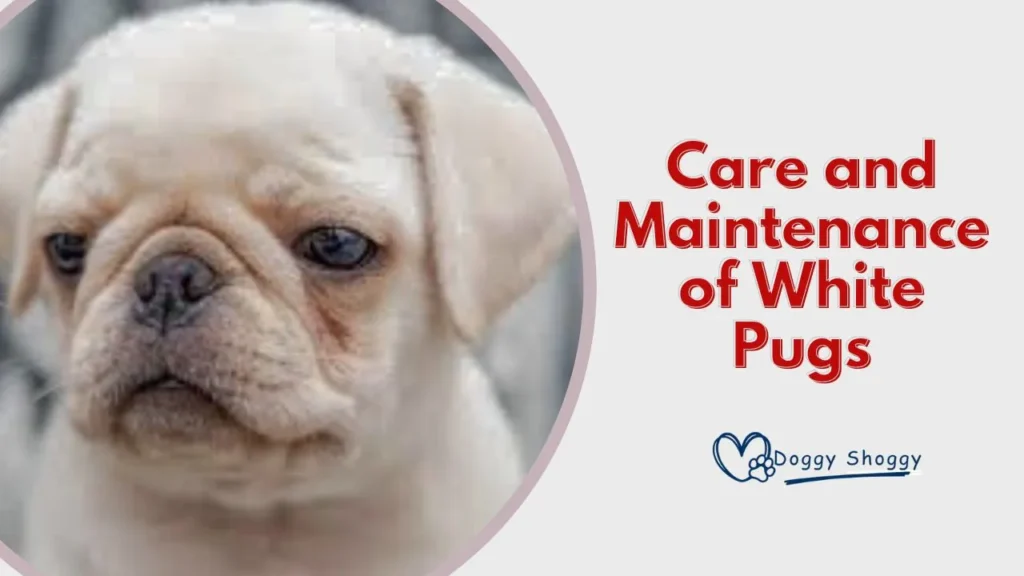
Grooming Routine
To keep your Pug’s coat clean and nice, you need to groom them regularly. Brush their fur a few times every week to get rid of loose hair and stop it from tangling. Bath them every now and then, using gentle dog shampoo to keep their skin from getting dry. Make sure to clean their face and wrinkles carefully to avoid any irritation or infections.
Dental Care
Just like all dogs, Pugs need to take care of their teeth to keep them healthy. Brush their teeth often using toothpaste made for dogs, and give them dental chews or toys to help keep plaque and tartar away. It’s important to take them to the vet regularly for dental check-ups to catch any problems early.
Balanced Diet
What your Pug eats is important for keeping them healthy. Give them good-quality dog food that fits their age, size, and how active they are. Don’t give them too much food to avoid them getting overweight, which can cause health issues. Talk to your vet about the best diet for your Pug to keep them in great shape.
Exercise and Mental Stimulation
Even though Pugs are small, they still need to move around and play every day. Take them for walks or play with them regularly. Use toys or games that make them think to keep their minds active and stop them from getting bored. Be careful of the weather when you’re outside with them, especially if it’s hot or cold because Pugs can feel uncomfortable because of their short noses.
Personality Traits of White Pugs
Pugs are famous for being really charming and loving. Here are some special things about them that make people love having them around:
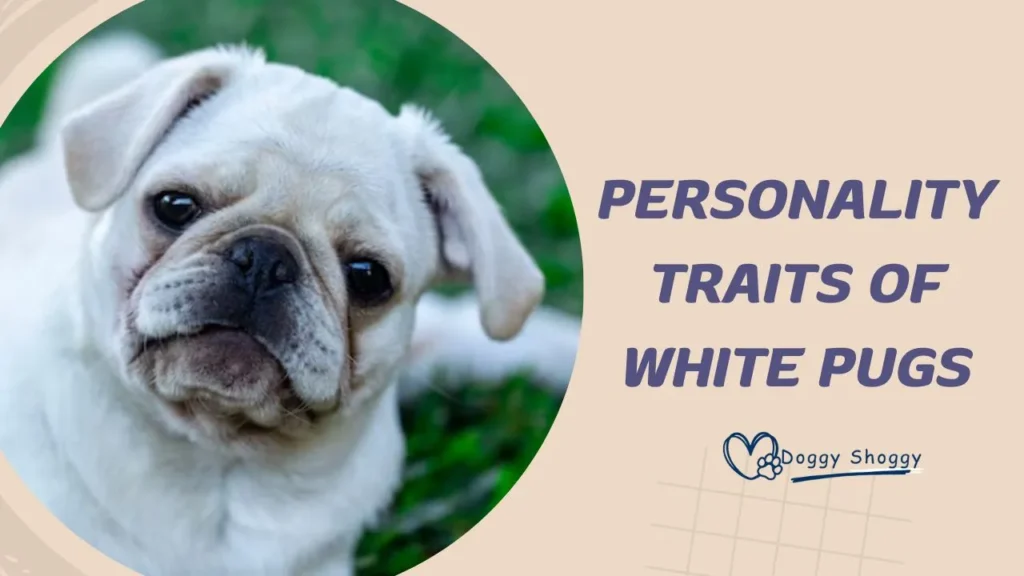
Affectionate and Loyal
Pugs really enjoy being with their owners and becoming close pals. They love cuddling on the couch and staying close to their humans at home. Their loyalty and loving behavior make them perfect for families and people of all ages to have as pets and friends.
Playful and Energetic
Even though Pugs are pretty relaxed, they also like to play and have fun. They enjoy games, toys, and going out to do things that get them moving and thinking. Whether it’s running around outside chasing a ball or playing tug-of-war inside, Pugs are always ready to have a good time.
Sociable and Friendly
Pugs are really friendly dogs who enjoy meeting new people and other animals. They’re outgoing and love being around others, which makes them popular at parties and when people get together. Because they’re so gentle and loving, Pugs make great therapy dogs. They can bring happiness and comfort to people who could use a friend.
Alert and Curious
Pugs are curious and pay attention to what’s going on around them. They might bark if they notice something strange, but they don’t bark a lot. They’re smart and learn things quickly, so they’re happy to do tricks and follow commands to make their owners happy.
Pug Breeding and Genetics
Breeding Pugs means choosing parents carefully to make sure the puppies are healthy and have good qualities. Here’s some important information about breeding and the genes of Pugs:
Coat Color Genetics
To have Pug puppies, both parent dogs need to carry a special gene, which is like a code for the white coat color. This gene is recessive, which means it’s not always obvious. Good breeders should do tests to make sure both parent dogs have this gene and are healthy overall. This helps prevent health problems in the puppies and makes sure they’re well. It’s important for breeders to be responsible to keep the puppies healthy and happy.
Health Screening
Before having Pug puppies, it’s really important to check both parent dogs for any health problems they might pass on to their babies. Pugs can have issues like trouble breathing because of their short noses, hip problems, and issues with their knees. Regular visits to the vet and health tests can help find out if there are any risks and make sure the puppies are healthy when they’re born.
Readers Also Like:
Ethical Breeding Practices
Good breeders always put their dogs’ health and happiness first. They follow strict rules about how they breed their dogs, including making sure they’re socialized well, seeing the vet regularly, and doing tests to check their genes. They only breed dogs to make the breed better and to have healthy puppies. It’s important not to buy puppies from places that care more about making money than about the dogs’ well-being, like puppy mills or people who breed dogs at home without following the rules.
Adoption and Rescue
Even though Pug puppies are cute, there are also lots of grown-up Pugs who need homes too. Think about adopting from a rescue group or animal shelter to give one of these Pugs a new chance at a happy life. When you adopt, you’re giving a dog who really deserves it home forever, and you’re also helping animal welfare where you live.
Bottom Line
Pugs are wonderful friends loved for their charming personalities, special looks, and loving ways. By taking good care of them, keeping them clean, and understanding what they need, Pugs can be happy members of your family for a long time.
Useful and Unique FAQs about White Pug
Are White Pugs rare?
While white is a less common coat color in Pugs compared to fawn or black, it’s not necessarily rare. However, finding a reputable breeder who specializes in breeding Pugs may require some research.
Do White Pugs have health issues?
Like all dog breeds, Pugs may be prone to certain health issues such as brachycephalic syndrome, hip dysplasia, and patellar luxation. Regular veterinary check-ups and proper care can help mitigate these risks.
Are White Pugs hypoallergenic?
No dog breed is entirely hypoallergenic, including Pugs. However, some individuals with allergies may find that they tolerate Pugs better than other breeds due to their short coats and minimal shedding.
Do White Pugs require special grooming?
Pugs require regular grooming to keep their coats clean and healthy, including brushing, occasional bathing, and cleaning their facial wrinkles. Special attention should be paid to dental care and ear cleaning as well.
Are White Pugs good with children?
Pugs are generally good with children and make excellent family pets. However, as with any dog, it’s essential to supervise interactions between children and dogs to ensure safety and teach children how to properly interact with pets.
How much exercise do White Pugs need?
Pugs have moderate exercise needs and enjoy daily walks or playtime. They should have opportunities for both physical exercise and mental stimulation to keep them happy and healthy.
Do White Pugs snore?
Due to their brachycephalic (short-nosed) anatomy, Pugs may be prone to snoring and other respiratory issues. Keeping them at a healthy weight and providing a comfortable sleeping environment can help reduce snoring.
Are White Pugs easy to train?
Pugs are intelligent and eager to please, but they may also have a stubborn streak. Consistent training with positive reinforcement techniques is key to successful training and obedience.
How long do White Pugs live?
On average, Pugs have a lifespan of around 12 to 15 years. Providing them with proper care, nutrition, and regular veterinary check-ups can help prolong their lives and ensure their well-being.
Do White Pugs require air conditioning?
Due to their short snouts and susceptibility to heat, Pugs may benefit from air conditioning or other measures to keep them cool during hot weather. It’s essential to monitor them closely and avoid overheating, especially during the summer months.

